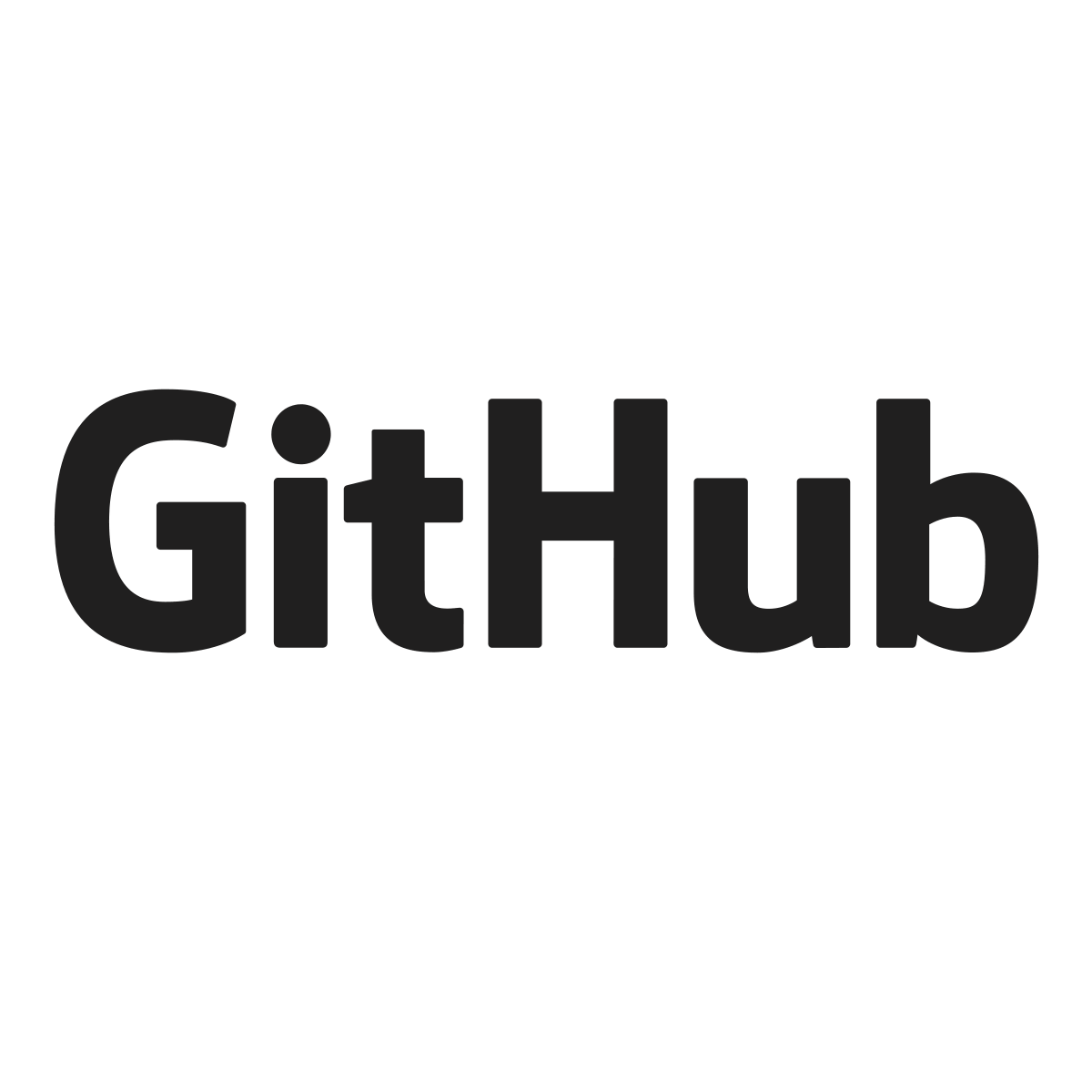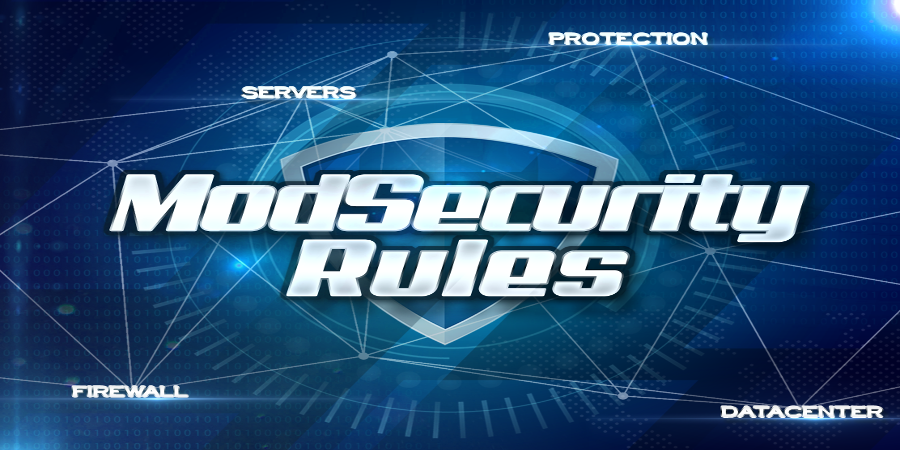Someone has just hacked a WordPress install on my webserver.
The tool references this Github repo that claims to be a backdoor web shell.

 github.com
github.com
File 1, https://pastebin.com/yJ0p3haG
File 2, https://pastebin.com/eU74AmW5
The tool references this Github repo that claims to be a backdoor web shell.

Build software better, together
GitHub is where people build software. More than 100 million people use GitHub to discover, fork, and contribute to over 420 million projects.
File 1, https://pastebin.com/yJ0p3haG
File 2, https://pastebin.com/eU74AmW5
Last edited:

